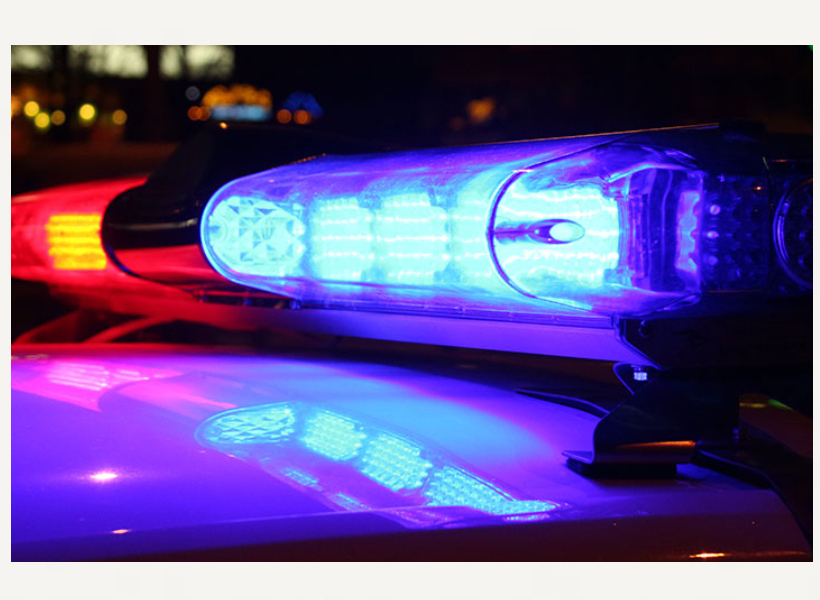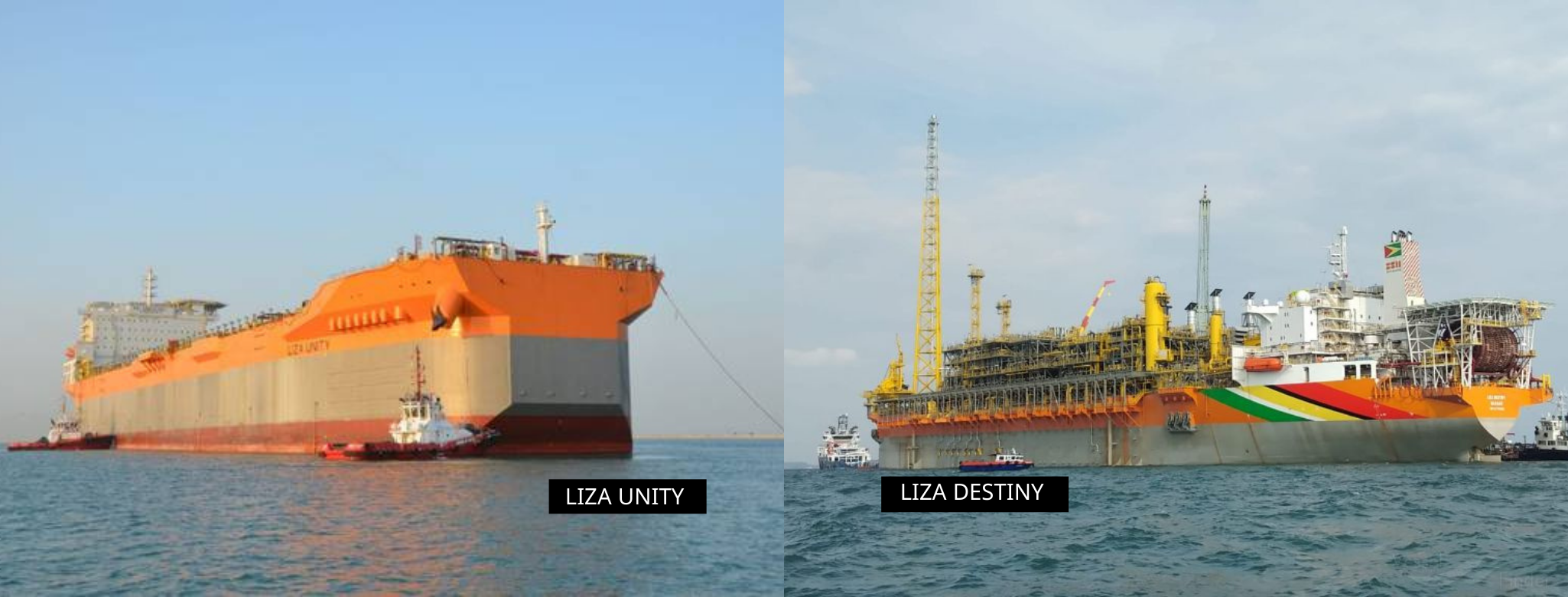The Environmental Protection Agency (EPA) has finally brought the Liza Phase One and Two permits into compliance with the law. This move comes on the heels of a ruling last year that the two permits had a 20-year shelf-life under the APNU+AFC regime when the EPA Act stipulates a five-year limit.
The Liza Phase One Permit as seen by Guyana Standard was amended to last from June 1, 2017, to May 31, 2022, while the Liza Phase Two Permit will now last from April 26, 2019, to April 25, 2024.
Outside of these changes, no others were made. It should be noted however that Vice President, Dr. Bharrat Jagdeo had said that when these permits reached their expiration date, they would be amended to have some of the strict requirements which are contained in the Payara Permit.
The Payara environmental permit which was approved in September last year strictly prohibits routine flaring without approval from the Environmental Protection Agency.
According to the permit, ExxonMobil will be expected to compensate the government for the cost of wasted gas during flaring and will be subject to fines under the EPA regulations. It is also expected to establish a framework for a carbon price in line with international standards.
Further to this, the permit states that there should be detailed reports on the number of specific pollutants emitted from flaring including but not limited to carbon dioxide (CO2), nitrogen oxides, carbon monoxide (CO), methane and ethane, benzene, hydrogen sulphides (H2S), volatile organic compounds (VOCs) and sulphur oxides. Many of these toxins are well known as cancer-causing agents.
Furthermore, ExxonMobil is expected to upkeep this recording system for six years and have the records available on the Payara Floating Production Storage and Offloading (FPSO) vessel for inspection for two years.











